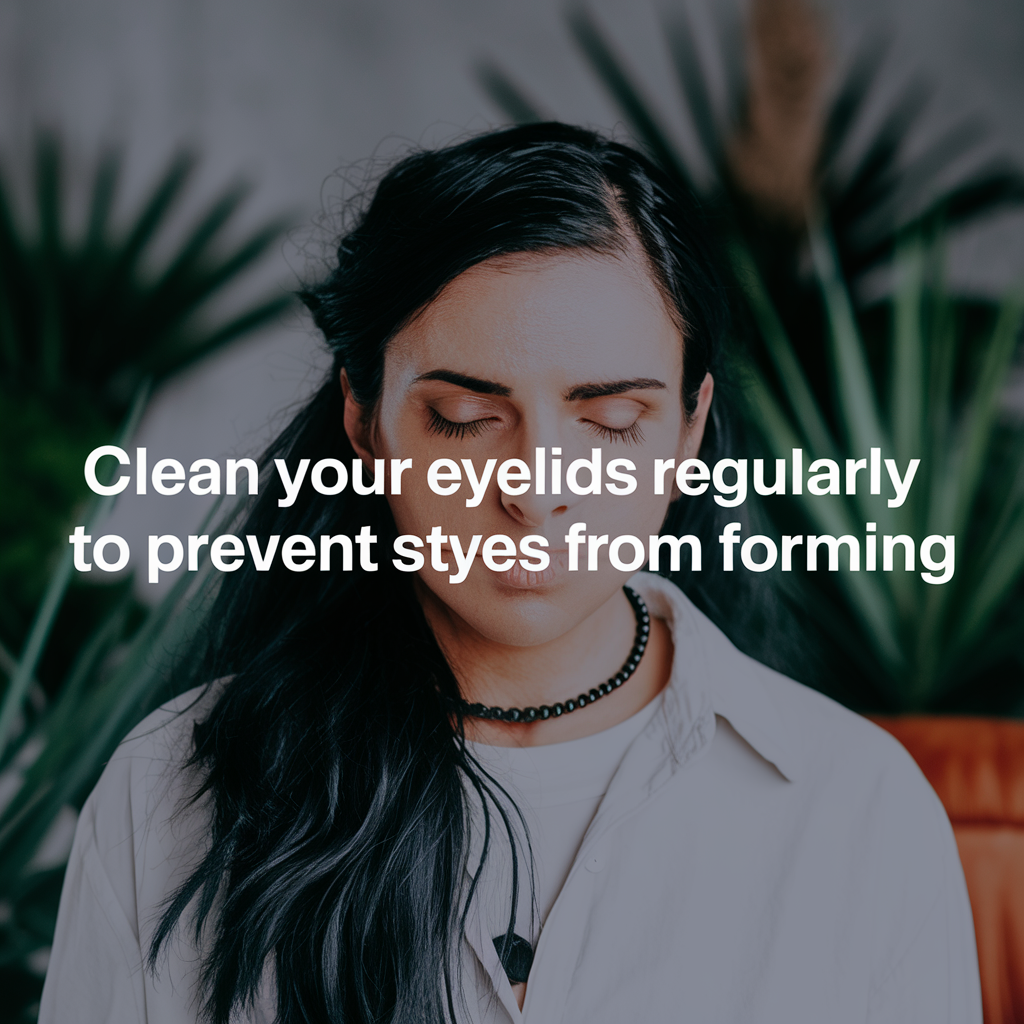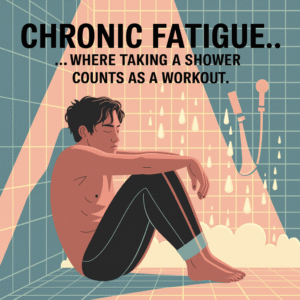
Dealing with a stye can be uncomfortable and bothersome. A stye, also known as a hordeolum, is a painful, red lump that develops on the edge of the eyelid. It occurs when an oil gland or eyelash follicle becomes infected with bacteria. While it’s important to consult a healthcare professional for an accurate diagnosis and personalized treatment plan, this article provides general guidelines on how to alleviate discomfort and promote the healing of a stye.

1. PRACTICE GOOD HYGIENE
Maintaining good hygiene is crucial when dealing with a stye. Follow these steps to keep the affected area clean:
- Gently wash your eyelid with warm water and a mild soap. Use a clean washcloth or cotton pad to cleanse the area.
- Avoid rubbing the stye vigorously, as this may worsen the irritation or spread the infection.
2. APPLY WARM COMPRESSES
The application of warm compresses can help reduce inflammation and promote drainage. Follow these steps:
- Soak a clean cloth in warm water and wring out the excess moisture.
- Place the warm compress over the affected eyelid for about 10 to 15 minutes.
- Repeat this process three to four times a day.
By applying warm compresses, you encourage the stye to come to a head and drain naturally.
3. AVOID SQUEEZING OR POPPING
Resist the urge to squeeze or pop the stye. Doing so can potentially worsen the infection, cause further irritation, and increase the risk of spreading the bacteria.
4. AVOID MAKEUP AND CONTACT LENSES
To prevent further irritation and potential contamination, refrain from using eye makeup or wearing contact lenses until the stye has healed. These products can exacerbate the symptoms and impede the healing process.
5. KEEP HANDS CLEAN
Ensure that you wash your hands thoroughly with soap and water before touching your eyes or applying any treatments. This helps prevent the spread of bacteria and reduces the risk of additional infections.
6. CONSULT A HEALTHCARE PROFESSIONAL
If the stye does not improve or becomes increasingly painful, it is advisable to seek medical attention. A healthcare professional can provide an accurate diagnosis and recommend appropriate treatment options. They may prescribe antibiotics to combat the infection or suggest other treatments to help alleviate symptoms and promote healing.
GO TO HEALTH SURVIVALIST’S WEBSITE FOR MORE THINGS MEDICAL RELATED!
While these suggestions can help alleviate discomfort and promote healing, it’s important to consult a healthcare professional for a personalized treatment plan. Practicing good hygiene, applying warm compresses, avoiding squeezing or popping the stye, refraining from using makeup and contact lenses, and keeping your hands clean are general measures you can take. By seeking professional advice, you can receive appropriate treatment and ensure a swift recovery from a stye. Remember, everyone’s condition is unique, so it’s essential to consult a healthcare professional for tailored guidance.
As an Amazon Associate we earn from qualifying purchases through some links in our articles.




